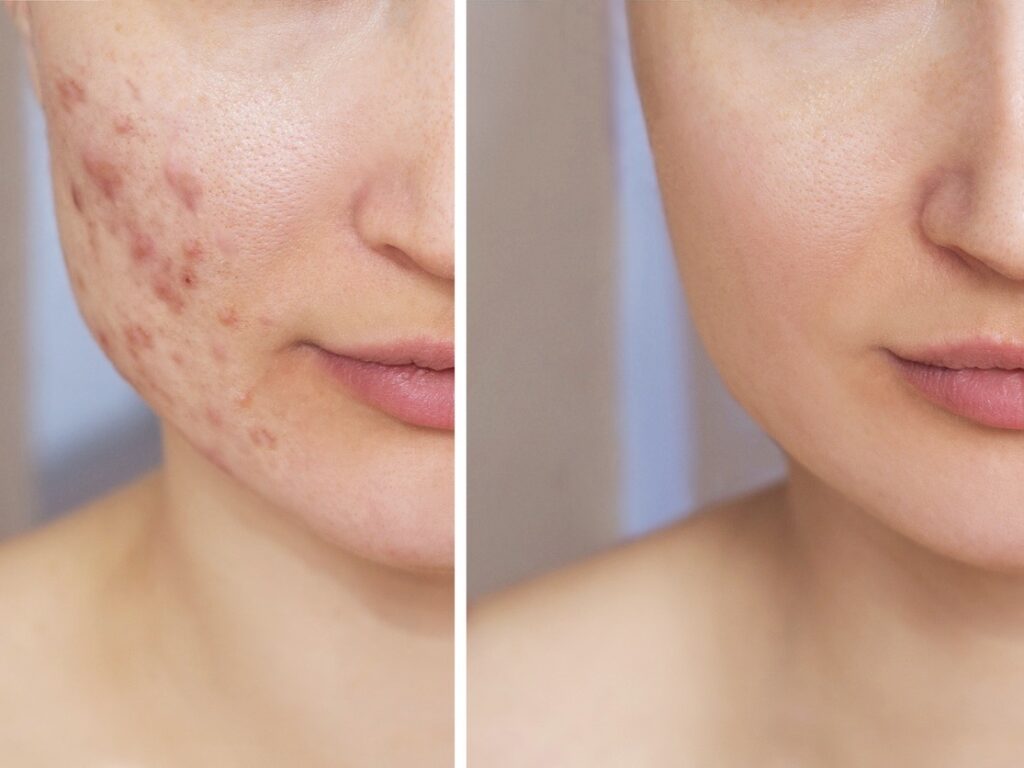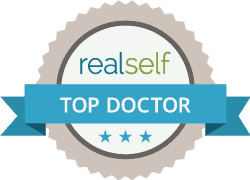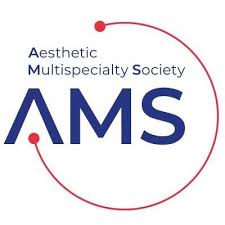
Scars are bothersome for many people, especially when they develop in highly visible areas like the face, neck and hands. Fortunately, there are many non-surgical treatment options available that can reduce the appearance of your scars and improve your self-confidence.
What Are Scars
Scars are the result of your body’s healing process. Collagen fibers close open wounds in the skin, creating a new layer of tissue that protects you from infection and inflammation. While some scars heal into barely noticeable marks, other scars may fade into a color different than the surrounding skin or heal as bumps that give the skin a rough texture and uneven look. Scars form after many types of skin inflammatory processes, including:
Acne Scars
Acne scars either form as depressed scars or raised scars. Depressed or pitted scars include rolling scars with sloping edges, boxcar scars with steep edges, and icepick scars that look like enlarged pores. Raised scars or hypertrophic scars look like small bumps on the skin and they often develop when too much scar tissue is created while your body is healing cystic acne.
Scars from Injury
Burns and injuries to the skin (like a cut) are other common types of scarring. Scars develop after these injuries as the skin heals itself but some of these scars are more noticeable than others. After a burn, contracture scars often develop because the skin is tightened and contracts around the burned area. Keloids can also develop if too much collagen is produced as the body is healing a cut or injury. Keloids are most common among people with darker skin tones.
Surgical Scars
Although surgery is mainly beneficial, scars are an unavoidable factor since incisions are made and the skin is damaged. However, these are often easy to treat since the wound is made intentionally and commonly linearly. Flat scars that start as pink or red marks and fade to be slightly darker or lighter than the surrounding skin are most common after surgery, but keloids or raised scars can develop.
Stretch Marks
Stretch marks result from damaged skin and leave marks or striae on the skin. Stretch marks develop when the skin expands or shrinks too quickly after weight gain and loss or pregnancy. They commonly develop on the thighs, stomach, breasts, and upper arms. Initially the stretch marks are pink (best time to treat) then turn to a lighter colour as the scar ages.
Non-Surgical Scars Treatments
We have a variety of cosmetic procedures available for all types of scars. The location and type of scar you wish to treat are some of the determining factors for which option may be best for you. These are some of the best scars treatments:
Microneedling
Microneedling uses tiny needles to puncture the skin and stimulate the body’s natural wound-healing process. This healing process also encourages the growth of new collagen. Collagen is a protein naturally found in the skin to give it firmness and elasticity. As new collagen regrows in the skin around the scar, that skin indentation or blemish is softened and blended into normal skin. Microneedling is an effective treatment for scars and stretch marks on the face or various areas of the body.
Chemical Peels
Chemical peels exfoliate the skin and peel off the outer layer of damaged skin to reveal healthy, fresh skin beneath the surface. A customized blend of chemicals will be used in your peel to create a light, moderate, or deep peel, depending on your skin type and the extent of your scars. Light chemical peels may be able to treat surface-level scars while deep chemical peels can break up scar tissue extending to the deeper layers of the skin.
Dermal Fillers
Hyaluronic acid dermal fillers like Juvéderm, Belotero, and Teosyal plump up the skin and can improve the appearance of indented or pitted scars. Collagen naturally gives the skin elasticity and a plump texture but as we age, collagen production slows down. This results in signs of aging and more visible scarring. Hyaluronic acid substitutes that collagen loss to bring back skin volume and moisture, thus reducing the appearance of scars. Radiesse is a unique type of dermal filler that uses calcium microspheres to directly stimulate collagen production.
Laser Skin Resurfacing
Laser skin resurfacing rebuilds collagen and resurfaces new, healthy skin cells to improve the texture and tone of your skin. New skin and collagen growth covers dead or dull skin cells to improve the appearance of scars and skin discoloration or redness that often comes with acne scarring and other forms of scarring.
IPL Photorejuvenation
IPL (intense pulsed light) is a treatment similar to laser therapy that has many skin-rejuvenating benefits. The pulses of light energy target hyperpigmentation, making this an effective treatment for red or inflamed acne scars. IPL uses many pulses of light energy, and it is a great option for larger treatment areas like the decolletage and back.
Botox
Botox is a neuromodulator best known for its ability to smooth fine lines and wrinkles, but it can also improve the appearance of acne scars. Botox relaxes the muscles and relieves the tension that is causing the skin to pucker around scars. This will give your skin a smoother appearance without the bumpy look of scarring.
Schedule a Consultation for Scars Treatment
At Cerulean Medical Institute, we use medical-grade skincare products and evidenced based non-surgical scars treatment to alleviate the physical and emotional discomfort of scarring. Give our Kelowna office a call on (778) 760 5050 to schedule your consultation today.






















